Though growing Bonsai trees is a hobby practiced by many people around the world, its Asian origin is still obvious. Not surprisingly, the most impressive trees are to be found in collections of famous Japanese masters.
(1) Bonsai master Kimura
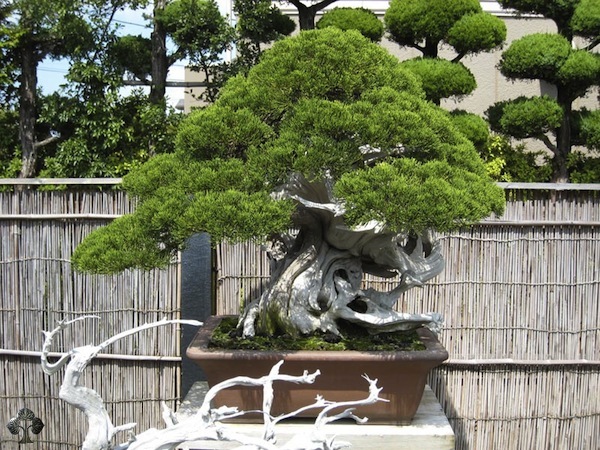
Last but not least, Bonsai sensei Masahiko Kimura. His varied collection of Bonsai trees is world famous. Started at age 15, Kimura was an apprentice to master Hamano in Omiya Bonsai village. For more of his fascinating and sometimes unconventional work, visit Kimura's Bonsai garden! Or read his Bonsai artist profile; Masahiko Kimura.
(2) Famous Bonsai; a Japanese maple (Acer palmatum), by Walter Pall
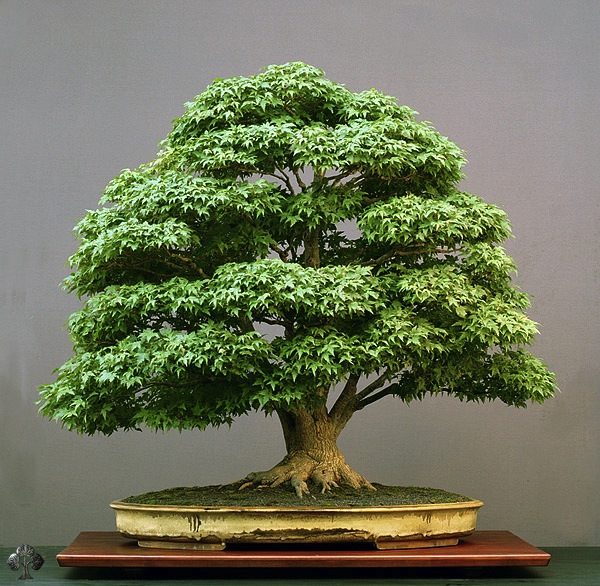
One of the most famous Bonsai trees that belongs to the collection of an European Bonsai artist (Walter Pall), this tree is incredibly fine and realistic. The maple is big (almost a meter high, which is the maximum to be called a Bonsai tree) and over a hundred years old. A masterpiece without doubt, styled by an inspiring artist! Check the history of this tree here.
(3) Mame Bonsai display, by Morten Albek

A Bonsai display (or in this case, a Mame display) normally consist of a central tree, a scroll and an accent plant. Together these objects create a powerful image, often a celebration of the current season.
(4) Brazilian rain tree, by Budi Sulistyo

(5) Flowering Bonsai, by Wolfgang Putz
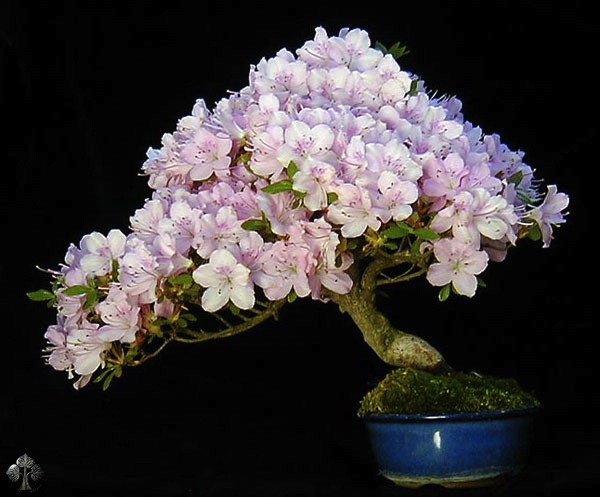
(6) Chinese styled trees; a Penjing landscape by Yee-sun Wu

This wonderful Chinese landscape belongs to the Man Lung collection in Hong Kong. The trees are Chinese Bird Plums (Sageretia Theezans) and together make up a very realistic scenery. In the collection Ficus Bonsai are also popular. In this landscape, the trees, rock and miniature figurines are placed on a shallow rectangular pot (made of marble), which in turn is displayed on an antique table.
(7) Pinus Silvestris, by Stefano Frisoni
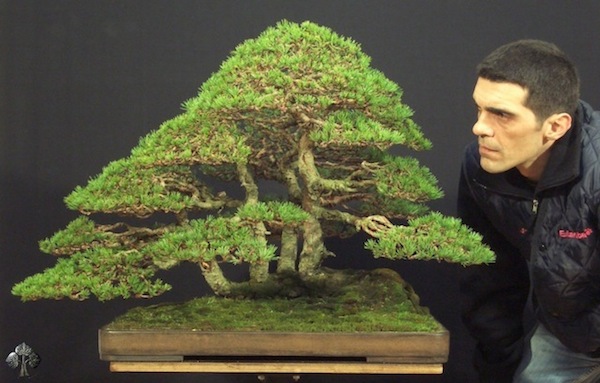
This tree is remarkably realistic, a character highly valued for Bonsai trees. As you can see, the foliage pads are very dense, as if it were clouds in the sky. Read the article on how this tree was cultivated and trained here!
(8) Small Bonsai; a Shohin tree by Morten Albek
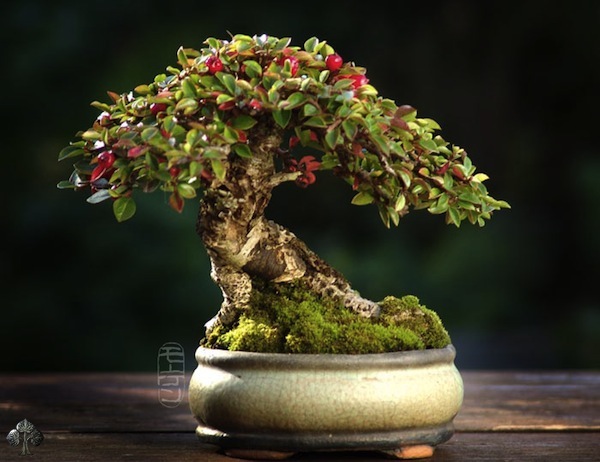
A gorgeous Rockspray Cotoneaster (Cotoneaster horisontalis). This is a picture taken in spring; the tree flowers in summer and has small red berries in wintertime. The tree is only 9,5 cm (4 inches) high and is planted on a miniature rock. The pot is made by John Pitt, a famous potter. The tree is about 20 years old on the picture and has been in training for about a decade.
(9) Goshin "protector of the spirits", by John Naka
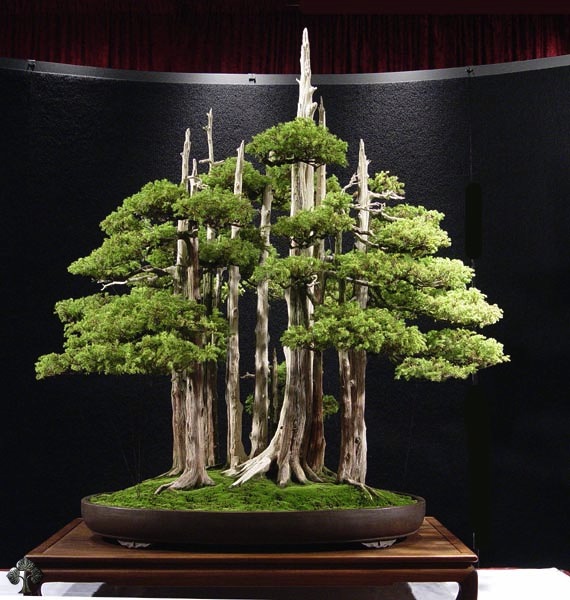
(10) An 800 year-old Bonsai tree at Shunkaen, by Kunio Kobayashi
A remarkable tree which is well known for its extremely high age; the tree is reported to be over 800 years old, one of the most expensive Bonsai trees! Its owner, master Kobayashi, is one of the most well known Bonsai artists in the world and has won the prestigious Prime Minister award in Japan 4 times. His nursery, ShunkaEn, is located in Tokyo and is open to visitors. For more information, read the Shunka-en Bonsai page, or check the Bonsai artist profile of Kunio Kobayashi.

Comments
Post a Comment